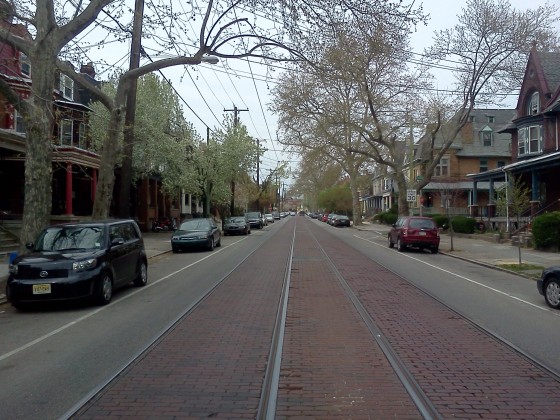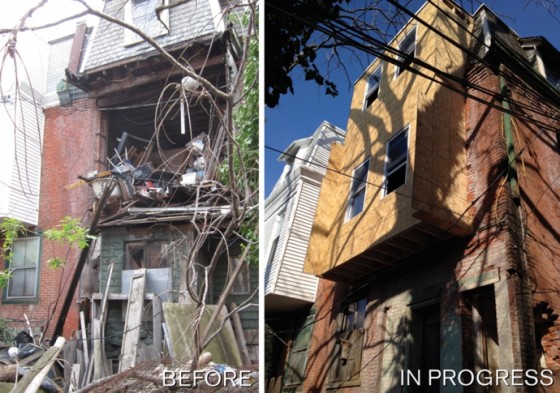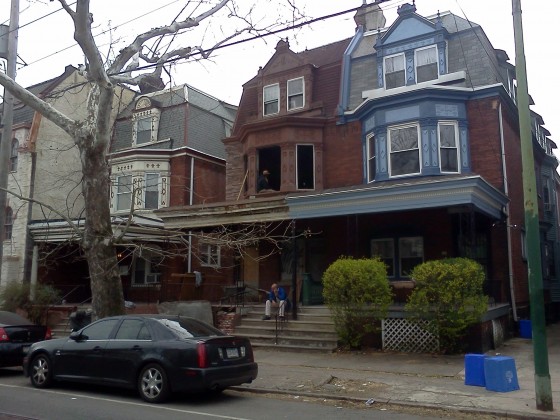When properties become dangerously dilapidated to the point that they may collapse and injure people, the city (eventually) steps in and tears them down and sends the owners the bill. In West Philly, a new program is attempting to step in before the city demolishes 100-year-old Victorian West Philly homes and scores of other dilapidated and vacant homes throughout University City. Project Rehab connects owners with resources they need to rehabilitate their homes into suitable structures, hopefully reducing the number of properties going to sheriff’s sales at the same time.

Tree lined street in West Philly
“The University City District tried to look at a project where we could [rehab distressed properties] without using government money and as little UCD money as possible,” said Ryan Spak of the University City District, (UCD), the folks who developed the initiative. UCD is able to put owners in contact with city agencies and other parties to help them renovate and/or repair their homes. And it does this for about the cost of one full-time staffer, Mr. Spak.

A rehab in progress, from UCD website
Before the folks at UCD recently teamed up with L&I, the Victorian home at 938 S. 49th St., a few blocks south of Baltimore Ave. and just north of Springfield Ave., was slated to be demolished by the city at a cost of $36K to the owner. The rest of that block is built up and lined with trees, and a vacant lot would be out of character, as would a new home that was not built in the Victorian style.

Repairs underway
The previous owner, who allowed the property to fall into a state of disrepair, was concerned about the cost, and UCD assisted them in getting structural engineering reports that explained the rehabilitation costs, which exceeded the owner’s budget. In turn, UCD hooked the owner up with a realtor, the place was sold and now, through Project Rehab, a new owner is rehabilitating the home. The new owner is spending around $200K for the project, but this is far better than further clogging the city’s sheriff sale queue, Spak opined.
For this initiative, the UCD formed a property task force committee that’s informed by neighborhood associations. It includes four types of properties/buildings on its list, which now includes 113 distressed properties. These categories are vacant lots, lots with dormant construction, uninhabitable structures, and buildings that pose a danger to neighboring lots or are themselves in danger of some form of collapse.
Hopefully, Project Rehab will have many more success stories in the years to come.
–Lou Mancinelli

Leave a Reply